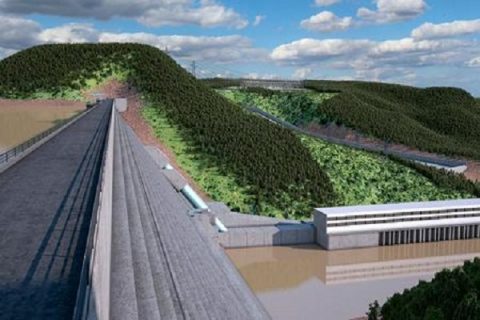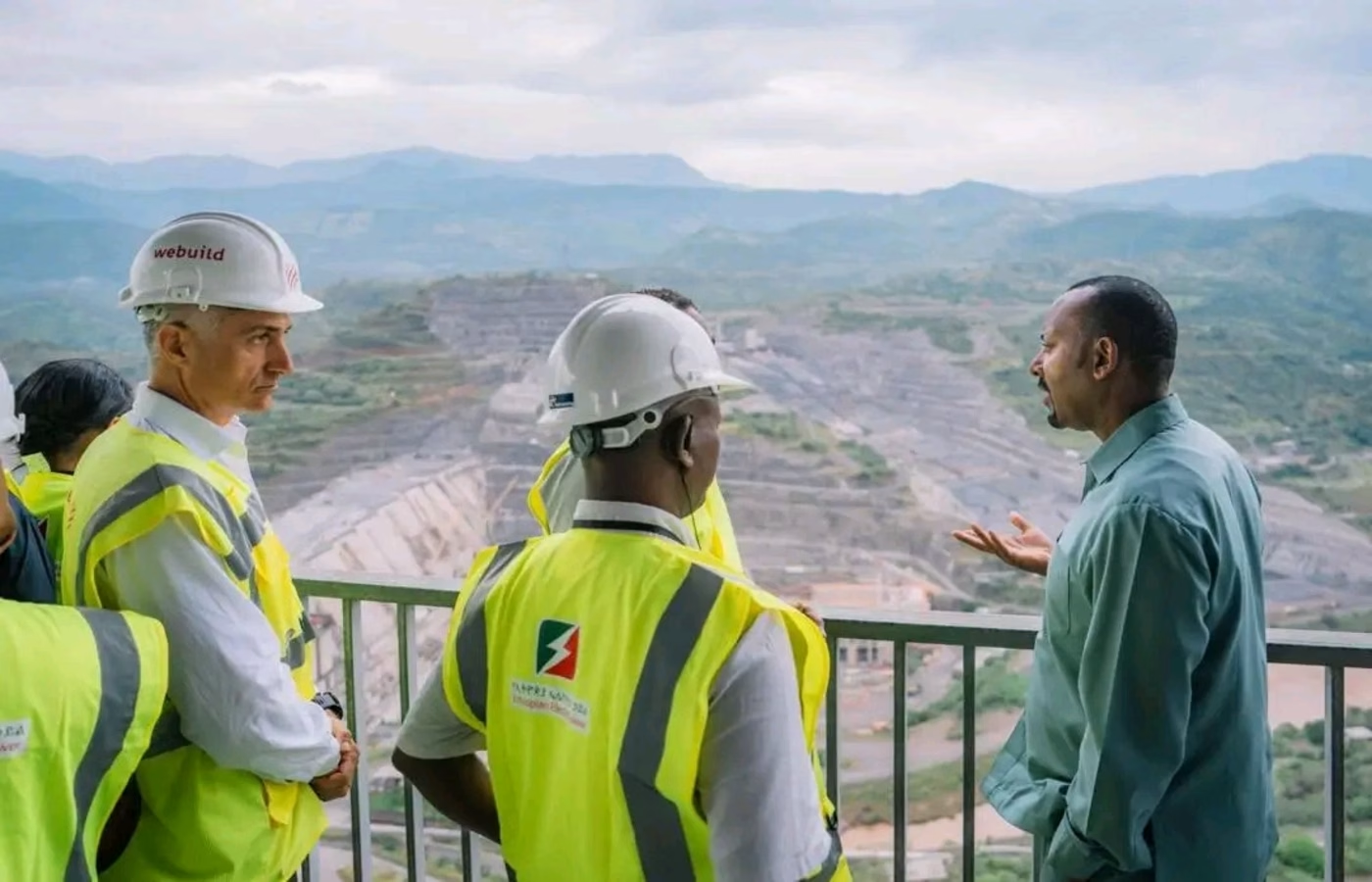Updated October 22, 2025: Construction of the Koysha Hydropower Project in the South West Ethiopia Peoples’ Region has reached 70 percent completion, according to official data. The dam has now reached a height of 128 meters as work continues on key civil structures. The project, managed by Ethiopian Electric Power, is being built on the Omo River by Italy’s Webuild Group. Moreover, the dam is being constructed at an estimated cost of $2.7 billion. Additional financing of about 950 million US dollars has been secured to support the next phase of construction. Designed to generate between 1,800 and 2,160 megawatts of electricity, Koysha is Ethiopia’s second-largest hydropower facility after the Grand Ethiopian Renaissance Dam.

Once operational, it is expected to produce around 6,460 gigawatt hours of electricity per year. The roller-compacted concrete gravity dam will stand over 170 meters high and one kilometer long. This creates a reservoir of roughly 9 billion cubic metres and covering 200 square kilometres. Prime Minister Abiy Ahmed (PhD) visited the site as part of the government’s 100-day macroeconomic performance review for the 2024/25. Officials also said the project had shown measurable progress since his previous inspection.
March 27, 2025: Ethiopia’s Koysha Hydropower Dam is now 65% complete, marking strong progress in one of the country’s biggest energy projects. Senior government officials inspected the site on Monday and confirmed the dam is on track to support Ethiopia’s socio-economic growth.
Koysha Hydropower Dam – Project fact sheet
-
Name: Koysha Hydropower Dam
-
Location: South West Ethiopia, on the Omo River
-
Completion Status: 65% complete (as of March 2025)
-
Capacity: 1,800 megawatts (MW)
-
Project size: Includes a 200-square-kilometer artificial lake
-
Lead agency: Ethiopian Electric Power (EEP)
Once finished, the dam will generate 1,800 megawatts (MW), making it one of Ethiopia’s largest hydroelectric projects. Ethiopian Electric Power (EEP) says the dam will also help expand renewable energy to meet growing domestic and regional demand.
The dam, being built on the transboundary Omo River in the South West Ethiopia region, will also provide more than electricity. Officials say the project, which includes a 200-square-kilometre artificial lake, will boost tourism, create jobs, and support fishing and irrigation.
Funding challenges and new loan agreement for the Koysha Hydropower Dam
The dam is built at a cost of 2.5 billion euros (about 2.7 billion U.S. dollars). Unlike other major energy projects, Koysha has faced difficulties securing concessional loans. Initially financed with a €340 million loan from three banks, the project suffered delays due to funding shortages, according to Capital Ethiopia.
To complete the remaining work, Ethiopia secured a non-concessional loan in August 2024. It was anticipated that the project would require more than $950 million.
Ethiopia’s growing energy sector
Ethiopia has been expanding its renewable energy sector, focusing on hydropower. Last November, the Ministry of Water and Energy announced that the country’s total energy capacity had surpassed 6,000 MW, mainly due to hydropower projects. The government aims to double this to 13,000 MW by 2028 to meet demand and boost exports.
Ethiopia, Africa’s second most populous country with 126.5 million people, has some of the continent’s richest freshwater resources. The country’s eight major river basins hold an estimated 45,000 MW of hydropower potential, though only a fraction has been developed.
READ ALSO: National government revives Soin-Koru Dam project in Kericho
Ethiopia’s hydropower ambitions in africa
Ethiopia’s hydropower growth is part of a wider trend in Africa, with countries like the Democratic Republic of the Congo, Zambia, and Mozambique also increasing their capacity. Koysha’s success could also reinforce Ethiopia’s leadership in the sector.
Ethiopia is already home to the Grand Ethiopian Renaissance Dam (GERD), Africa’s largest hydropower project, which has been central to regional energy and water discussions. As Koysha progresses, Ethiopia continues to develop large-scale energy projects to secure stability and growth.

